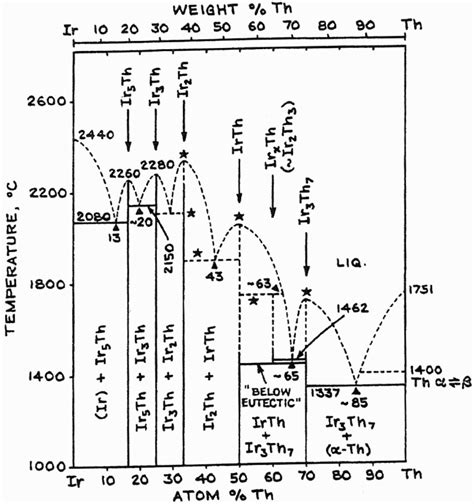Title: Platinum-Iridium Space Alloys: A Pioneering Blend for the Final Frontier
In the vast expanse of space, where the temperatures can plummet to as low as -250 degrees Celsius and the pressure can skyrocket to extreme levels, traditional materials often fail to withstand the unforgiving conditions. This is where platinum-iridium space alloys come into play, serving as the backbone of many cutting-edge space missions. These remarkable alloys have been engineered to meet the rigorous demands of the final frontier, ensuring that our spacecraft can survive and thrive in the harshest environments.

The allure of platinum-iridium space alloys lies in their exceptional combination of properties. Platinum, known for its corrosion resistance, high thermal conductivity, and excellent mechanical strength, is often alloyed with iridium, a dense, hard, and highly durable metal. The resulting alloy boasts an impressive list of characteristics that make it a prime candidate for space applications.
One of the most striking features of platinum-iridium alloys is their unparalleled resistance to corrosion. In the harsh environment of space, where the presence of oxygen is minimal, corrosion can still occur due to the interaction of metals with other elements and compounds. Platinum-iridium alloys, however, are virtually impervious to corrosion, making them an ideal choice for components that require long-term durability.
Another remarkable property of these alloys is their high melting point. With a melting point of approximately 3227 degrees Celsius, platinum-iridium alloys can withstand the intense heat generated by the engines of spacecraft and the extreme temperatures encountered during re-entry into Earth’s atmosphere. This ensures that the components remain intact and functional, even under the most demanding conditions.
The high thermal conductivity of platinum-iridium alloys is another crucial factor in their suitability for space missions. As spacecraft operate in environments with extreme temperature fluctuations, the ability to efficiently transfer heat is vital. These alloys excel in this regard, allowing them to dissipate heat quickly and effectively, thereby preventing overheating and potential damage to the spacecraft.
Mechanical strength is another essential quality of platinum-iridium alloys. The combination of platinum and iridium results in a material that is both hard and durable, capable of withstanding the forces exerted by micrometeoroids, cosmic rays, and other space debris. This ensures that the spacecraft’s structures remain intact, safeguarding the crew and payload.
In recent years, platinum-iridium space alloys have been utilized in various space missions, including the International Space Station (ISS), Mars rovers, and satellite constellations. The use of these alloys has enabled the development of more advanced and reliable spacecraft, paving the way for future space exploration endeavors.
However, the application of platinum-iridium space alloys is not without its challenges. The high cost of these alloys, along with the complexity of their production process, can make them less accessible for certain space missions. Despite these challenges, the unique properties of platinum-iridium alloys continue to make them a valuable resource for the exploration of the final frontier.
In conclusion, platinum-iridium space alloys have emerged as a pioneering blend for the demands of space exploration. With their exceptional combination of corrosion resistance, high melting point, thermal conductivity, and mechanical strength, these alloys have become an indispensable component of modern space missions. As we continue to push the boundaries of space exploration, the role of platinum-iridium alloys will undoubtedly grow, ensuring that our spacecraft can withstand the harsh conditions of the cosmos and carry us further into the unknown.
